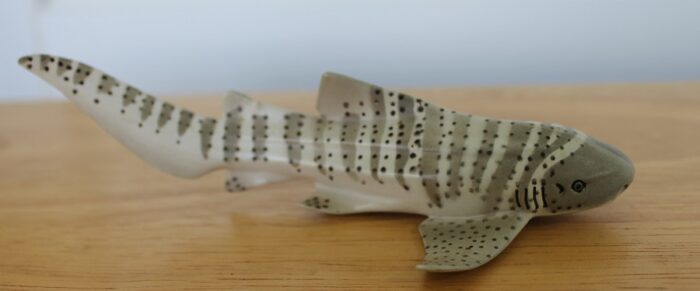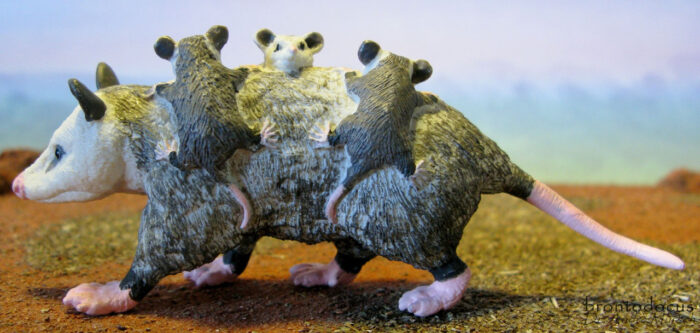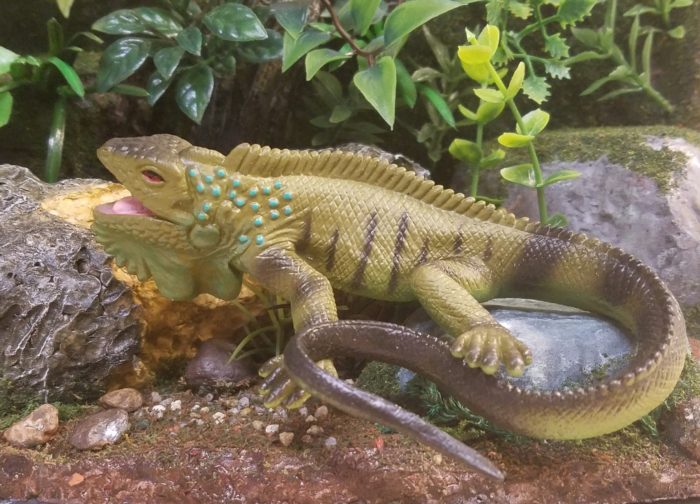When we think of sharks it is usually species like the great white, tiger, or bull sharks that immediately come to mind. If not those particular species there is at least the generic idea of what a shark looks like and indeed, many species fit that mold. But sharks are an incredibly diverse group of animals that come in all shapes and sizes in order to fit into whatever niche they’re a part of.
Brand: Safari Ltd.
Whale Shark (Wild Safari Sealife by Safari Ltd.)
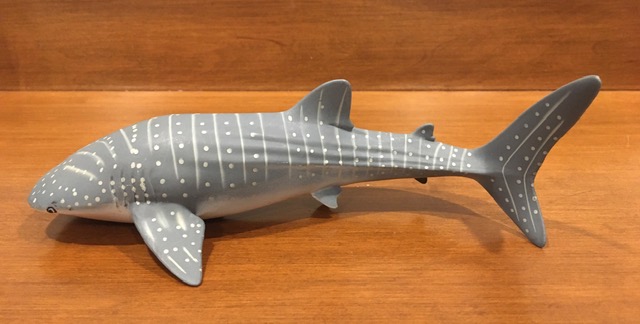
Review and images by Suspsy; edited by bmathison1972
The appropriately named whale shark (Rhincodon typus) is the biggest shark and the biggest fish alive today. The largest recorded specimen was a female with a length of 18.8 metres (62 feet), which is greater than that of many actual whales.
Opossum, with babies (Wild Safari North American Wildlife by Safari Ltd.)
Basking Shark (Wild Safari Sealife by Safari Ltd.)
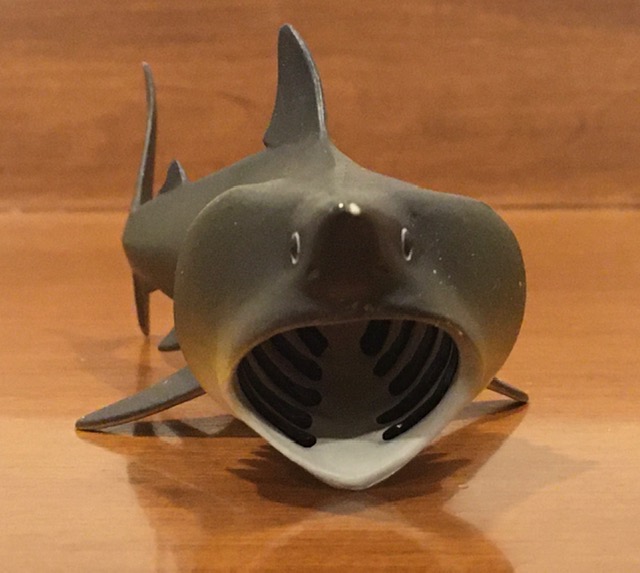
Review and images by Suspsy; edited by bmathison1972
In 1977, the Japanese fishing trawler Zuiyō Maru hauled in a large, reeking, and badly decomposed carcass of what appeared to a plesiosaur, complete with flippers and a long neck. Concerned about spoiling their stock of fish, the crew dumped the remains back into the water after taking photographs and collecting tissue samples.
Gray Wolf, 2020 (Wild Safari North American Wildlife by Safari Ltd.)
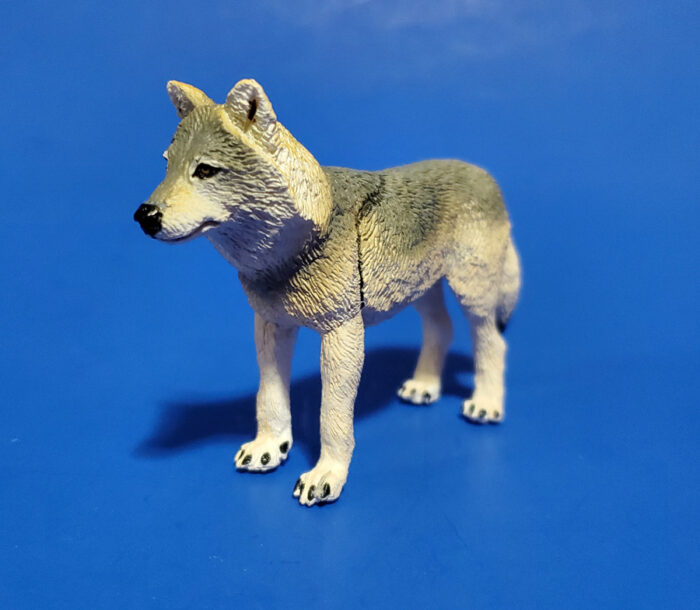
Review and images by Saarlooswolfhound; edited by bmathison1972
The Safari Ltd. Gray Wolf, #100509 was released as part of their 2020 additions. It is included in their Wild Safari North American Wildlife Collection. The model itself measures as 4 inches (10 cm) long and around 2.75 inches (7 cm) tall (roughly the size of a credit card standing on its long edge, or roughly 1:9.5 – 1:12.5 in scale).
Leopard Shark, 2007 (Wild Safari Sealife by Safari Ltd.)
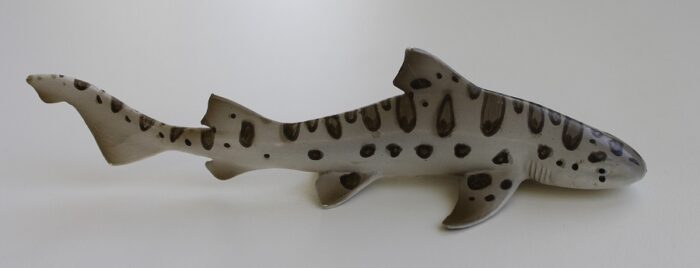
The first species of shark that I ever saw in person was a leopard shark (Triakis semifasciata). It was at The Nature Store in the Pougkeepsie Galleria in New York. This was in the early-mid 90’s and the place is probably shut down by now. The Nature Store was as much a museum as it was a conventional store, it was fun to explore but you could also potentially buy what you were looking at.
Great Lakes TOOB (Safari Ltd.)
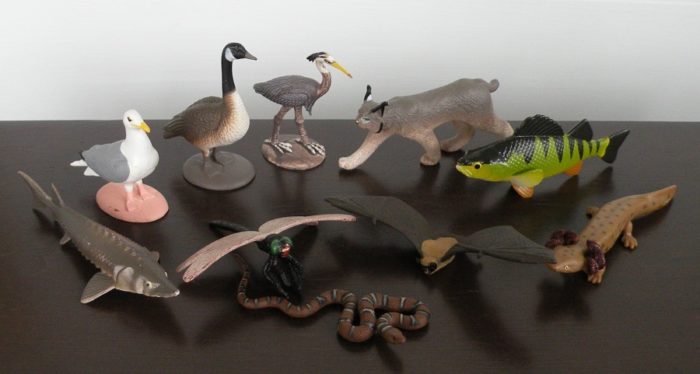
Superior, Michigan, Huron, Erie, and Ontario. Those are the names of the Great Lakes of North America that boarder the central/east United States and Canada. In total area they represent the largest freshwater lakes on Earth, holding roughly 20% of the world’s surface freshwater and 9/10ths of the water supply for the United States.
Green Iguana (Wild Safari Wildlife by Safari Ltd.)
Eurasian Eagle-owl (Wings of the World by Safari Ltd.)

Review and images by Suspsy; edited by bmathison1972
The Eurasian eagle owl (Bubo bubo), or simply eagle owl, is one of the two biggest owl species (the other being Blakiston’s fish owl, B. blakistoni). A female, which like all owls, grows larger than the male, can achieve a wingspan of more than six feet and weigh 4.6 kg(10 lbs), close to the size of a golden eagle.
American Bald Eagle (Incredible Creatures by Safari Ltd.)
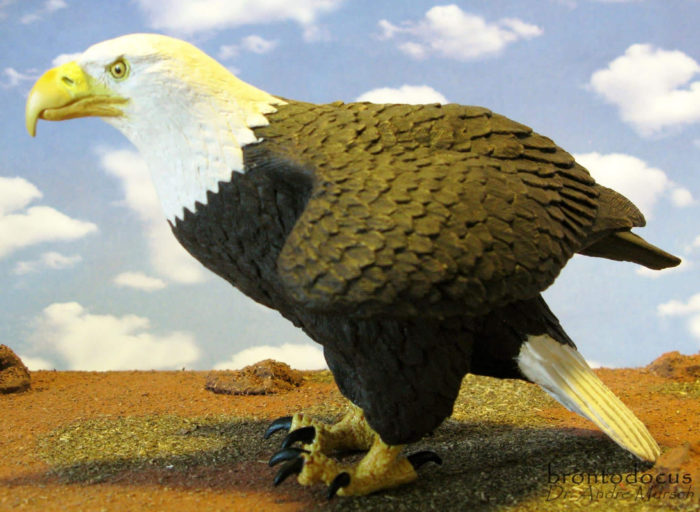
Another Incredible Creatures walk-around! This time it’s the huge IC American bald eagle, Haliaeetus leucocephalus (Linnaeus, 1766). One of the more rigid IC figures. Its total length is about 21.0 cm, making the scale approx. 1:4 – 1:5. I was very happy to get this one as part of the prize for a photo contest by Safari Ltd.
Kermode Bear (Wild Safari North American Wildlife by Safari Ltd.)
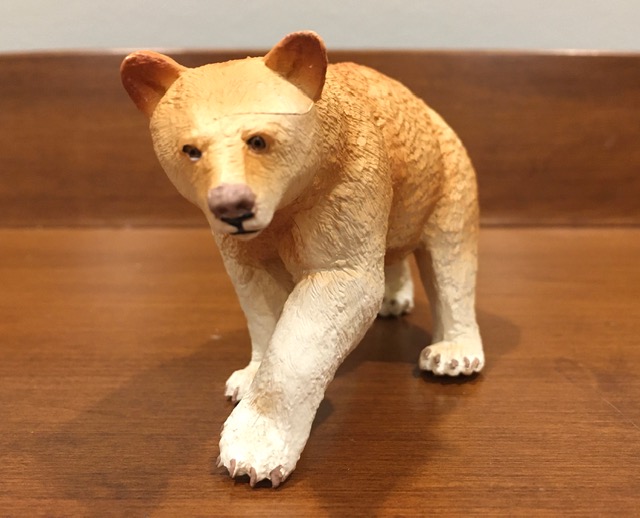
Review and images by Suspsy; edited by bmathison1972
In the lush coastal rainforests of British Columbia, Canada, lives the extremely rare Kermode, spirit, or ghost bear (Ursus americanus kermodei). It is a subspecies of the American black bear in which some individuals are born with creamy white fur due to a recessive gene.
Red Fox, 2008 (Wild Safari North American Wildlife by Safari Ltd.)
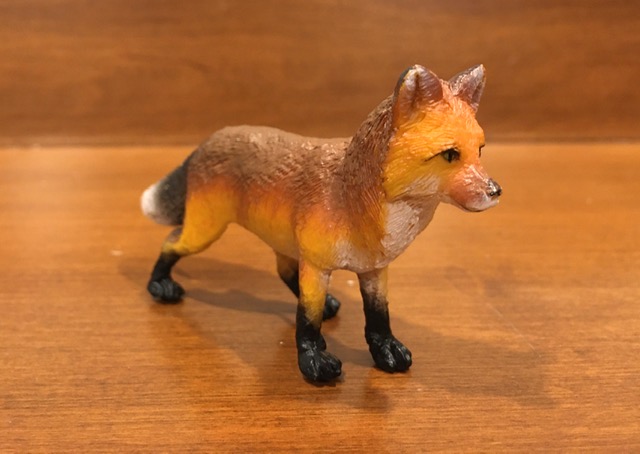
Review and images by Suspsy; edited by bmathison1972
What it lacks in size and strength, the red fox (Vulpes vulpes) more than makes up for in cunning and versatility. It is one of the most widespread of all canids, occurring naturally throughout North America, Europe, and Asia, and as an invasive species in Australia.

